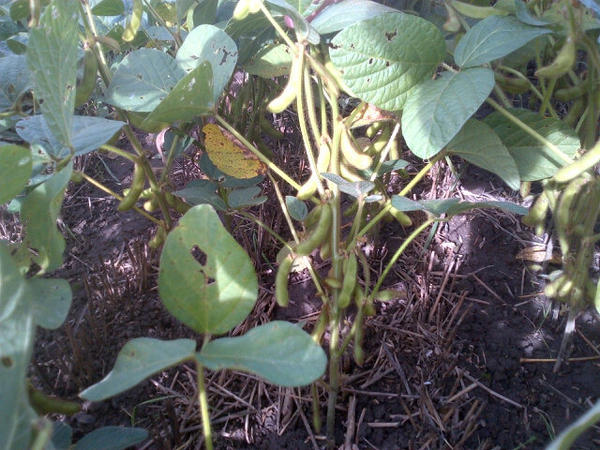Manitoba Crop Alliance (MCA) is proud to announce that for the first time ever, a confection sunflower hybrid bred specifically for Manitoba growing conditions is now available to farmers. MCA 359 is the first commercialized variety produced by MCA’s confection sunflower breeding program. “Sunflowers are an integral part of Manitoba’s agricultural landscape and farmers need access to new genetics to ensure the crop remains a competitive option for their rotations,” says MCA chair Jonothan Hodson. “A confection sunflower hybrid designed to thrive in our climate and our soils is a made-in-Manitoba success story and a great example of the tangible return on investment MCA is providing to farmers for their check-off dollars.” MCA 359 is high yielding and early maturing, with excellent standability. It has resistance to downy mildew and rust and is 100 per cent tolerant to Express®, a Group 2 herbicide for broadleaf weed control. It also has many traits that are attractive to end-users
Alberta Open Farm Days is a provincewide initiative, inviting Alberta farms to open their gates to the public. Participants can explore a diverse range of farms and agricultural businesses while enjoying a free, hands-on educational experience. The program serves 2 key purposes: fostering a deeper public understanding of agriculture and strengthening trust in producers and the broader industry. In doing so, Open Farm Days also acts as an incubator for agri-tourism, offering farms valuable tools and opportunities to develop new ventures. “2025 was a record-setting year for Open Farm Days, in terms of both on-farm sales and attendance at farm visits and culinary events,” says Tim Carson, CEO, Alberta Association of Agricultural Societies. “We welcomed 52,783 visitors this year, and several farms reported record attendance as well as record spending. As well, 23.5% of participating farms were new to Open Farm Days. It is exciting to see the number of new farms grow each year.” In addit
A Saskatchewan Conservation Officer Service investigation has resulted in significant penalties against two individuals after officers uncovered unlawful outfitting activities and the possession of wild animals inside a domestic game farm near Briercrest, SK. In December 2023, Moose Jaw Conservation Officers received information that a wild moose had been harvested inside the Hartland Whitetails Ltd. game farm enclosure and that wild deer were being baited into the fenced area. Officers attended the site, identified owner Allen Morhart of Elbow, SK. The year and a half long investigation determined that three European clients attended the Hartland Whitetails Ltd. game farm from September 25, 2023 to September 30, 2023. Morhart outfitted one client without the required licence, leading to the unlawful harvest of a wild moose on September 27 and a wild mule deer on September 28. Both animals were later taken to a taxidermist, where investigators found a Saskatchewan resident moose lice
A newly formed Olds College Sheep Team is making its mark earning some early success showing at the Canadian Western Agribition in Regina, Sask. The team’s strong debut was driven by a passionate Olds College of Agriculture & Technology student and supported by various faculty and staff at Olds College. Scott Anderson, a first year Agricultural Management diploma student, holds a background in the sheep industry – raising and showing sheep since he was seven. During his first sheep handling lab at Olds College, he was looking at the College’s flock with a keen judging eye and noticed great potential. Anderson approached Jay Steeves, Dean, Werklund School of Agriculture Technology, at the sheep handling lab about a possible opportunity to show some of the Olds College sheep. This conversation prompted Steeves and Darrell Hickman, Instructor, Werklund School of Agriculture Technology, to spearhead the Olds College Sheep Team. Hickman also chaperoned the team at Agribition, helping gui
A Message from Exceed We are honoured to be able to bring you the global wheat market outlook each week. We are excited for what 2026 has in store and look forwards to bringing top quality data to readers and listeners each week. Next market report will be Jan. 5, 2026. Market Outlook - Wheat Cash markets in Saskatchewan pulled back at the start of last week on some weakness in futures, but as we enter the last few days of December, posted bids on stronger basis appear to be enticing grain into the system yet. This is showcasing relative strength for Canadian exportable wheat as the futures values have remained near their lows and with Minneapolis spring wheat setting new contract lows last week, prairie cash bids have remained relatively flat. Strong export demand continues to entice product in the system at current levels. Globally, the wheat balance sheet looks heavier than it did just a few months ago but much of the increase in stocks has been anticipated for several weeks alre

![]()



 Nathan Saarloos
Nathan Saarloos




